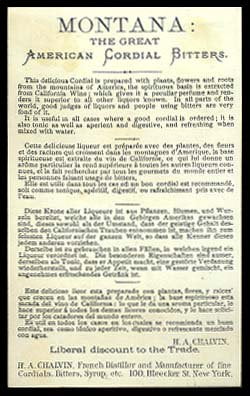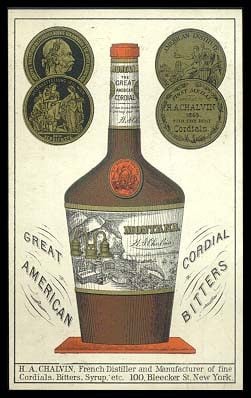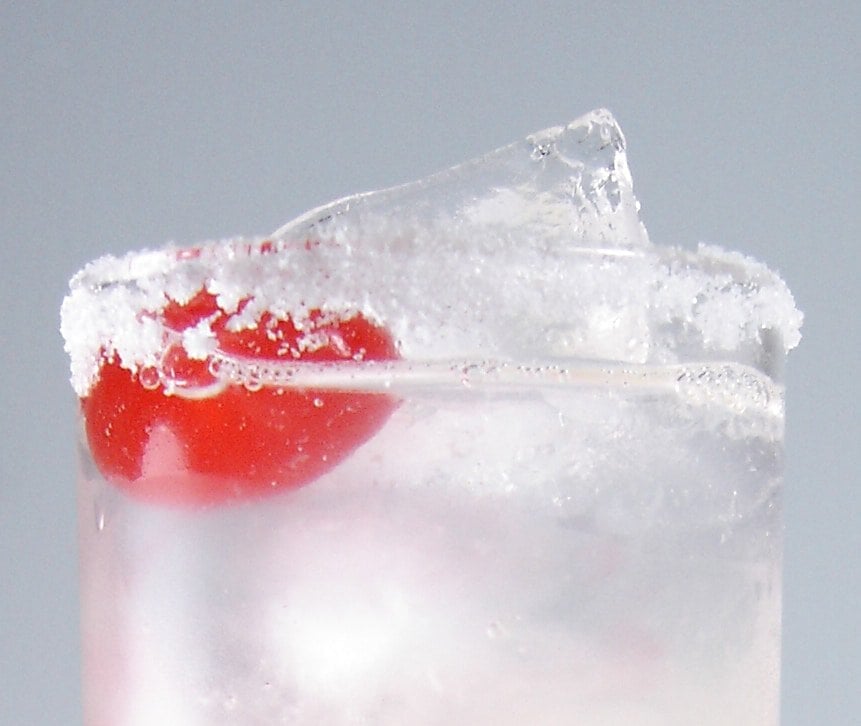One of the hot topics in the cocktail world is rare or lost ingredients. Most of these rare ingredients are referenced in early recipe guides or still exist, somewhere in the world, in small quantities, sometimes even just a few bottles. Amer Picon and Abbott’s bitters are perfect examples. But occasionally you come across ingredients that no longer exist and there are no known bottles to reverse engineer. Montana Cordial Bitters is one such case.
With the increasing interest in classic cocktails and classic cocktail books, people are going to notice that there are many “lost ingredients”. The problem is that humans are innately curious and want to know what that cocktail tasted like 100 years ago.
Luckily, there are old houses with cluttered basements that may contain a treasure trove of these old ingredients. Occasionally, someone cleans out a basement and comes upon a box of old bottles. Most of these usually go into a dumpster, but every once in a while a curious person will ask the right people and find out they are in possession of something rare.
With a sample of a rare product, people will go to great lengths to recreate a lost ingredient. For example, Abbott’s bitters are being resurrected using complex chemical analysis, like mass spectrometry, to reverse engineer a rare sample of the product.
I have not found any samples of Montana Cordial Bitters, yet, but I did come across an image of some early advertising material. This does provide some insight into what Montana Cordial was. Here is how it is described
“This delicious cordial is prepared with plants, flowers and roots from the mountains of America. The spirituous basis is extracted from California wines, which gives it a peculiar perfume and renders it superiour to all other liquors known. In all parts of the world, good judges of liquors and people using bitters are very fond of it.”
The label does give us some hints as to what may be in Montana Cordial. The one that would make sense is Lewisia Rediviva (Rock Rose, Spetlem, Oregon Bitterroot) which grows on the west coast from Arizona to British Columbia. It was first identified in Montana by the Lewis and Clarke expedition. The Bitterroot Mountains to the Bitterroot River in Montana owe their names to this flower.
This plant produces a starchy root, with a bitter taste. It also has a beautiful flower, which is the state of Montana’s official flower. The local natives ate the root. It was picked, peeled and dried and used throughout the year. It is said to produce an aroma of tobacco when boiled. It is also produced a mucilaginous substance, like okra, when boiled.
You may be asking why this is important? Well, when I came across the first reference to Montana Cordial, there was a really unique recipe that used it as an important ingredient. It was created by a bartender named John Mahon, who worked at the St. Charles Hotel in New Orleans and Cerele des Etrangers in Havana. According to the description of the drink, the end effect is that the cracked ice in the drink produces a kaleidoscope effect. Something unique about Montana bitters is what helps create this effect, according to Mahon.
For now, I’ll leave it there because I’m trying to recreate this effect and see if it really works. Hard to do without Montana Cordial, but the article provides enough info that I may be able to figure it out. Once I have something conclusive I’ll do a post, with a picture.





